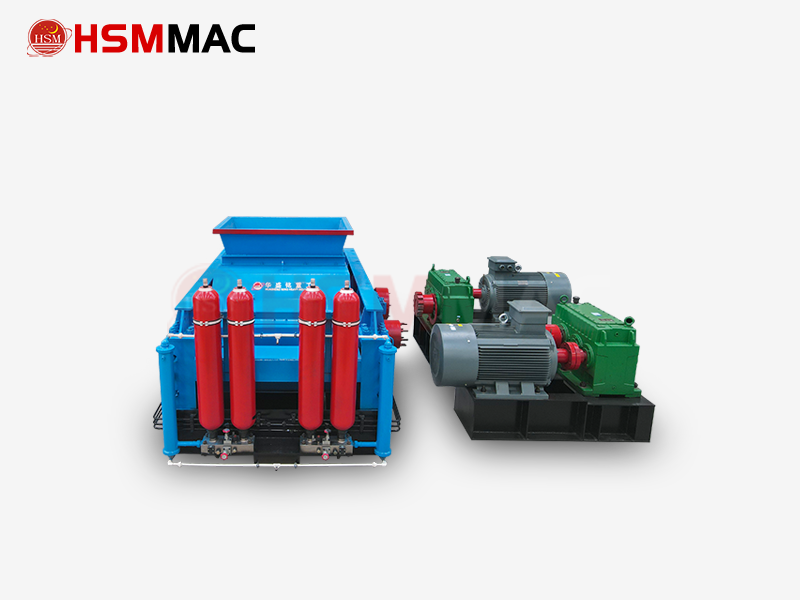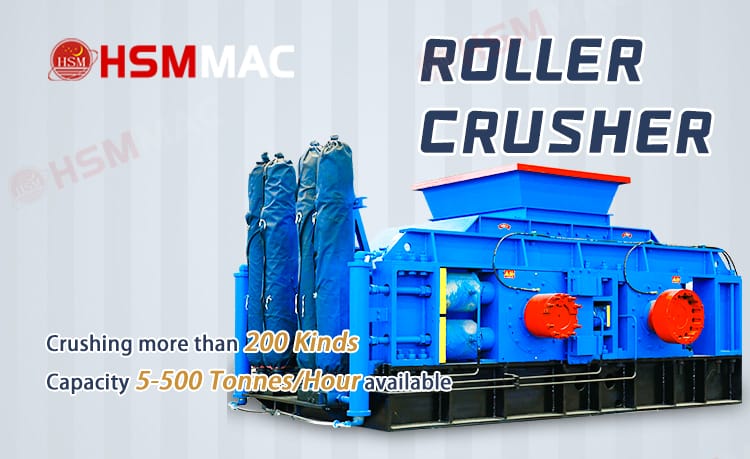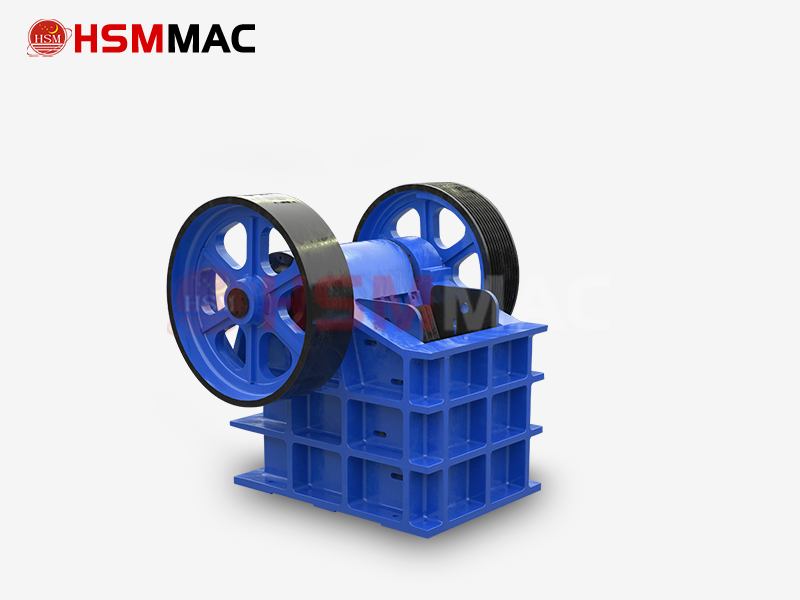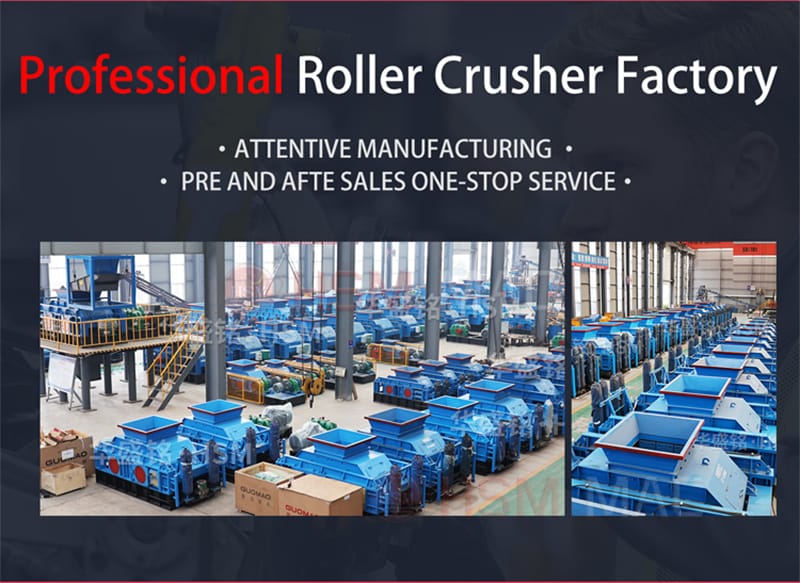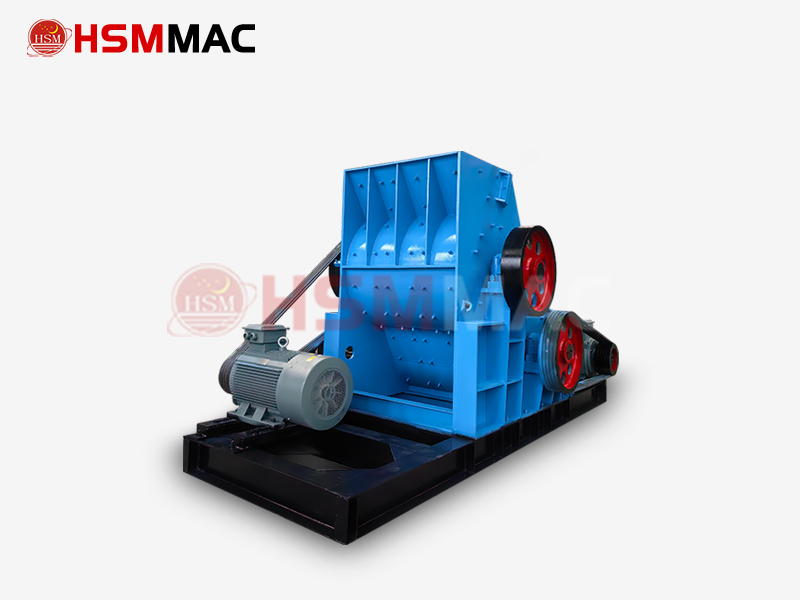Roll Crusher High Humidity Material Solution
Roll crusher is prone to sticking rollers, clogging, uneven discharging and other problems when dealing with viscous materials (such as clay, wet coal) or materials with high moisture content (moisture content >15%). The following are the specific operation techniques and optimisation solutions combined with industry practice:
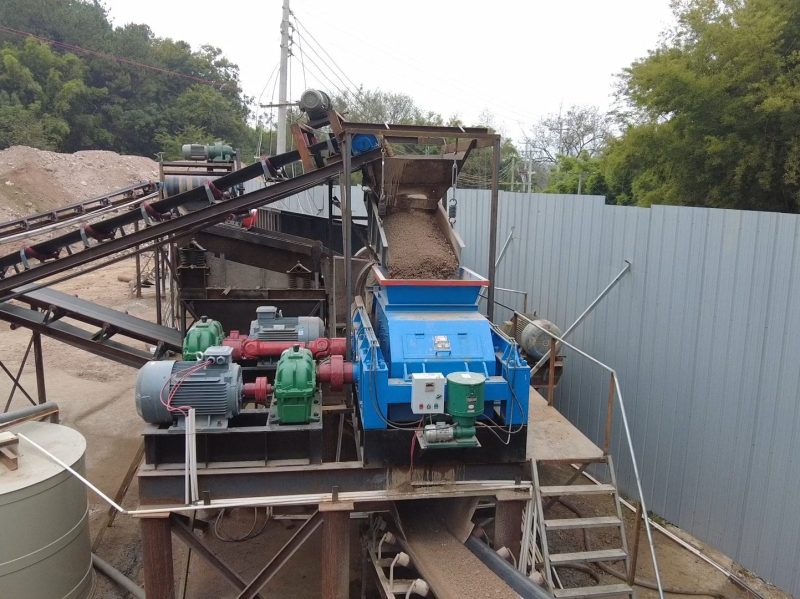
1. Pre-treatment and feed control
Moisture regulation and control
Drying pre-treatment: For materials with moisture content > 20%, priority is given to drying equipment (such as drum dryer) to reduce the humidity to less than 15%.
Mixing of wet and dry materials: Mix wet materials with dry materials (e.g. dry coal, limestone) in the ratio of 1:1~1:2 to reduce the overall viscosity.
Heating assistance: add hot air device (temperature 80~120℃) at the feeding port to evaporate the surface moisture and reduce the adhesion.
Optimisation of particle size and feed
Pre-screening: Pre-screen the large materials (>300mm) to avoid jamming or roller gap extrusion splash.
Uniform feeding: adopt frequency conversion feeder to control the flow rate, avoid instantaneous overloading and blockage (suggested feeding speed ≤ 80% of the rated value).
2. Equipment parameter adjustment
Roll gap and pressure adjustment
Expand the roller gap: for high viscous materials (such as plasticity index > 17 clay), the roller gap to the average particle size of the material 1.21.5 times (for example, when dealing with 10mm clay, the roller gap is set to 12-15mm).
Reduce pressure: Hydraulic models need to lower the system pressure (60% to 70% of the rated pressure), to reduce the excessive extrusion of material adhesion.
Speed and drive mode
Reduce roller speed: Sticky and wet materials need to reduce the roller speed (suggested 1.5~2.5m/s) to prolong the crushing time and avoid insufficient dumping.
Enable reversing function: Configure automatic reversing system (triggered when current exceeds the limit) to clear the accumulation of material between rollers.
3. Anti-blocking and clearing tips
Application of material clearing device
Scraper design: Toothed roll models need to be equipped with rotating scrapers to clear the adherents between the roll teeth in real time (Figure 1.31).
High-pressure air/water blockage clearing: Use 0.5~0.8MPa high-pressure air gun or water gun to flush the roll surface after shutdown, and it is strictly prohibited to poke the ore during operation.
Anti-sticky material upgrade
Roll surface coating: Polyurethane anti-stick coating or zirconia ceramic roll surface (corrosion-resistant, non-stick material), especially suitable for high purity mineral crushing.
Roller preference: Prefer differential rollers (e.g. double roll crushers) for sticky materials, utilising shear force to prevent clogging (Figure 1.33).
The core of the roll crusher to deal with sticky and wet materials lies in ‘preventive adjustment + active cleaning’:
Pre-treatment to reduce stickiness: drying and mixing, heating and humidity control;
Dynamic parameter optimisation: enlarging roll gap, speed reduction and pressure reduction, and automatic reversing;
Hard protection upgrading: anti-sticking roll surface, scraper clearing, and removing iron to prevent clogging.
Through standardised operation (e.g. prohibiting blockage removal during operation) and regular maintenance, the continuous running time and crushing efficiency of the equipment can be significantly improved.










